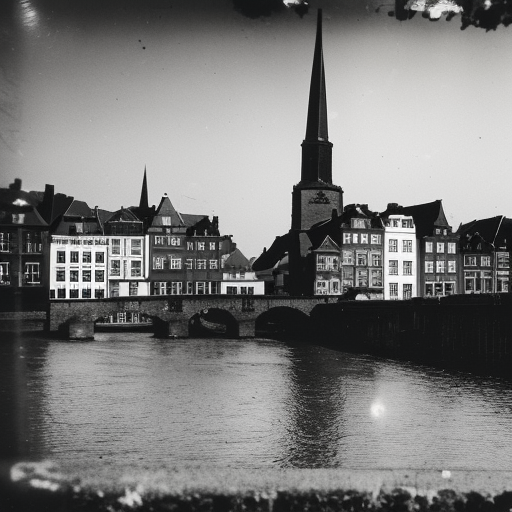Capture of Maastricht: A Key Moment in the Eighty Years’ War
The Capture of Maastricht was a significant event that took place during the Eighty Years’ War between the Dutch Republic and the Spanish Empire. It occurred in 1579 when the Dutch forces, led by Prince William of Orange, successfully seized control of the city of Maastricht from Spanish control. This victory was a crucial turning point in the war and marked a major triumph for the Dutch Republic.
The Background: The Eighty Years’ War
The Eighty Years’ War, also known as the Dutch War of Independence, was a conflict that lasted from 1568 to 1648. It was fought between the Dutch Republic, seeking to gain independence from Spanish rule, and the Spanish Empire, led by King Philip II. The war was characterized by a series of battles and sieges as both sides fought for control over key strategic cities and territories.
The Importance of Maastricht
Maastricht was a highly prized city due to its strategic location on the Meuse River, which served as a vital trade route. It was also a significant religious center, with a large Catholic population. The Spanish Empire had maintained control over Maastricht since 1576, using it as a base to launch attacks on Dutch territories. Capturing Maastricht would not only provide the Dutch Republic with a crucial stronghold but also cut off Spanish supply lines and weaken their position in the region.
The Siege of Maastricht
The Dutch forces, led by Prince William of Orange, began their siege of Maastricht in March 1579. The city was well-fortified, making it a challenging target for the Dutch. However, the Dutch army was determined and well-equipped, with artillery and skilled engineers. They bombarded the city walls, gradually weakening the defenses.
After several months of intense fighting, the Spanish garrison inside Maastricht was on the brink of surrender. However, just as victory seemed within reach for the Dutch, a Spanish relief force arrived, led by General Alexander Farnese. Farnese’s arrival posed a significant threat to the Dutch forces, and they were forced to temporarily lift the siege and retreat.
The Final Assault and Dutch Victory
Undeterred by the setback, Prince William of Orange regrouped his forces and launched a final assault on Maastricht in June 1579. This time, the Dutch army was better prepared and had learned from their previous mistakes. They breached the city walls and engaged in fierce hand-to-hand combat with the Spanish defenders.
After several days of intense fighting, the Spanish garrison was overwhelmed, and Maastricht fell into Dutch hands on June 29, 1579. The capture of Maastricht was a significant victory for the Dutch Republic, as it not only secured a crucial stronghold but also boosted morale and demonstrated their military prowess.
The Aftermath
The capture of Maastricht had far-reaching consequences for the Eighty Years’ War. It weakened Spanish control in the region and encouraged other Dutch cities to join the rebellion against Spanish rule. The Dutch Republic continued to gain momentum, eventually leading to the recognition of their independence in the Treaty of Westphalia in 1648.
Maastricht itself became an important Dutch city and played a significant role in subsequent conflicts, including the French Revolutionary Wars and World War II. Today, it remains a historic and cultural center in the Netherlands.
In conclusion, the Capture of Maastricht was a pivotal moment in the Eighty Years’ War. The Dutch Republic’s successful seizure of the city from Spanish control not only provided them with a crucial stronghold but also weakened Spanish influence in the region. This victory boosted Dutch morale and furthered their cause for independence, ultimately leading to the recognition of the Dutch Republic as an independent nation.












